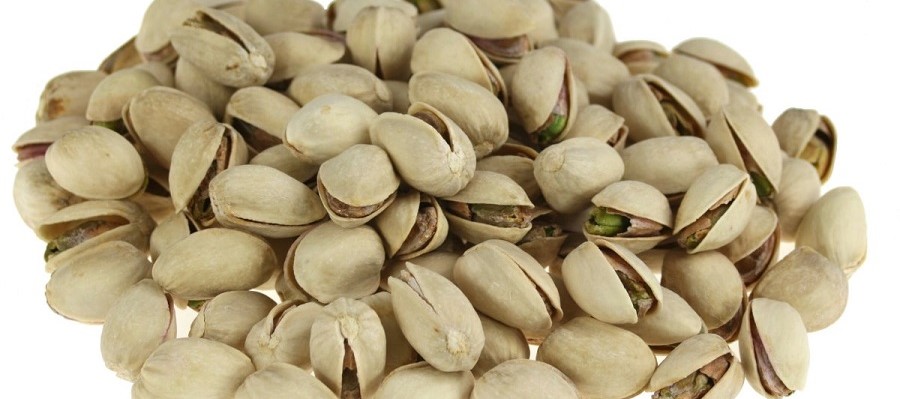
Eating nuts has a positive effect on metabolism, energy, balance and satiety. They are packed with heart-healthy fats, protein, fiber, vitamins and minerals. Studies show that people who consume five or more servings of nuts per week have lower levels of disease-causing inflammation than those who never (or almost never) eat nuts. Incorporating nuts into your diet can help lower your LDL, the “bad cholesterol” that plays a huge role in the development of plaque that builds up on the blood vessels. Once, nuts were wrongly considered bad for you because they are high in fat and calories. We realize that when consumed in moderation, nuts offer a host of nutritional benefits.
Here are some of the most commonly consumed nuts and their nutritional profiles.
Almonds. Almonds offer more fiber than any other nut and they are great at staving off hunger. A 1.5 ounce serving provides 75 mg of calcium – a quarter of what is in a cup of skim milk. Almonds are also rich in vitamin E, magnesium and riboflavin.
Pistachios. This tasty little green nut offers the highest levels of three antioxidants that are good for eye health: lutein, beta-carotene and zeaxanthin. Pistachios are also rich in potassium, with a single ounce providing more than half of a large banana.
Walnuts. Walnuts contain a relatively high amount of omega-3 fatty acids. This “good fat” boosts heart and brain health. Recent research published in The Journal of Alzheimer’s Disease suggests that a diet including walnuts may protect the brain from degeneration.
Cashews. Surprisingly, cashews are the nut that is lowest in fat. They are a great source of copper with a single serving providing almost 100% of your daily requirement. Copper helps the body absorb iron and is necessary for the manufacture of red blood cells and collagen.
So, go nuts for nuts! They are tasty, convenient and full of health benefits. Just remember to snack wisely by paying attention to serving size – a handful serving is usually a good rule of thumb.
